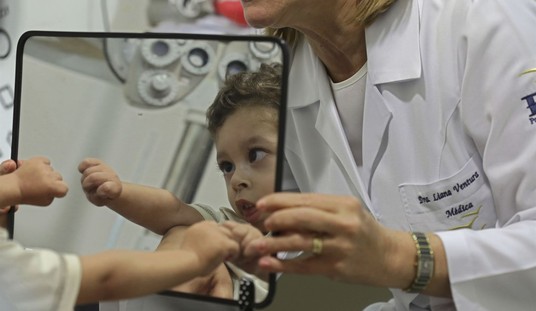Is your child one of the sweetest kids you have ever known? Is his heart as big as he is…and the only problem is that he seems to have some anger issues and brat-like tendencies?
Do you find yourself thinking, “If you only knew him like I know him…”—but all most people see are the tantrums, demands, and emotional outbursts?
Those behaviors were once considered nothing more than various forms of normal childhood antics, especially in toddlers. Guiding children through the stages of development of self-control was just part of good parenting.
So, how did we come to a place where we have an epidemic of children who fail to gain control of their emotions and who can’t focus on their school work?
For years now, many have said that ADD and ADHD were junk diagnoses—just poor parenting—and the golden calf of pharmaceutical companies. Parents have been caught in the middle, their children labeled, medicated, and misunderstood.
Now there could be yet another answer. There is clear evidence that there is more to this story than bad kids, poor parenting, and greedy pharmaceutical companies. If the child I just described is your child, I have really good news. You could be right. There could be an unseen villain in his life—one that has been introduced in the most sinister way: in his favorite foods and snacks. The really bad actor is called Red Dye 40.
Bernard Weiss, professor emeritus of the Department of Environmental Medicine at the University of Rochester Medical Center who has researched this issue for decades, says he is frustrated that the FDA has not acted on the research showing the connection between artificial dyes and hyperactivity. “All the evidence we have has showed that it has some capacity to harm,” he says. “In Europe that’s enough to get it banned because a manufacturer has to show lack of toxic effects. In this country it’s up to the government to find out whether or not there are harmful effects.”
Because the Food and Drug Administration (FDA) gave this dye its stamp of approval (along with a false sense of security), children have been fed a steady diet of it for years. Its use has increased dramatically since the 1970s, which explains a lot.
Prior to the 1970s, every class had its clown—not a refrigerator full of medication. The link between ADHD and artificial coloring has been established, it’s just not enough of a link to get it banned—at least not in the U.S. Europe has required warning labels since 2010 which state that, “consumption may have an adverse effect on activity and attention in children.”
The mental health of our children isn’t important enough to get it pulled from products here. However consumers, armed with the power of social media, are making an impact and manufacturers are finally responding by replacing artificial dyes with natural ingredients.
Wouldn’t it be amazing if even half the children once diagnosed with behavior disorders were suddenly cured?









Join the conversation as a VIP Member